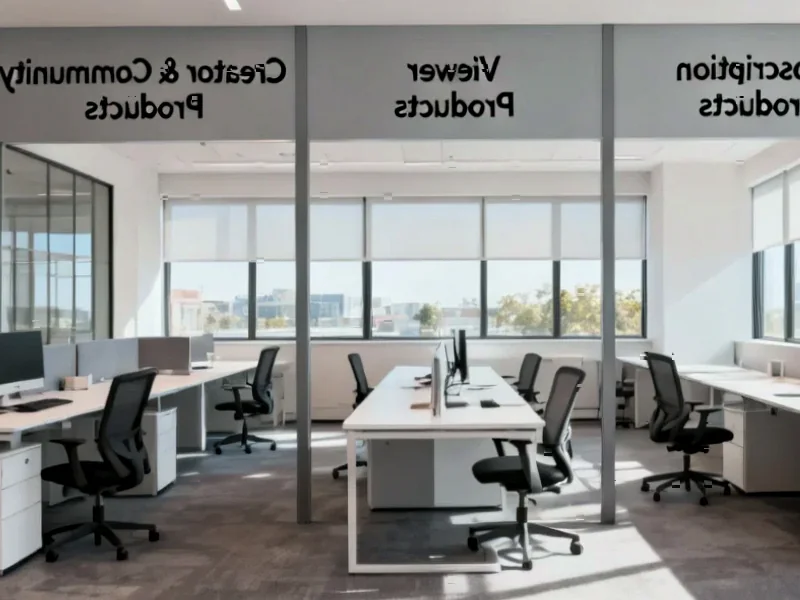According to Digital Trends, Disney has requested that YouTube TV temporarily restore ABC stations specifically for Election Day coverage following the complete removal of Disney’s entire channel lineup. In response, YouTube TV proposed restoring both ABC and ESPN networks, calling them “the channels that people want,” but no agreement has been reached. The blackout represents one of the most extensive service disruptions on YouTube TV this year, affecting popular networks including National Geographic, Disney Channel, ESPN, and ABC. YouTube TV has offered subscribers compensation through a $20 credit or a $10 monthly credit for six months, while noting that restoring ABC “only for a day” would cause customer confusion. This standoff highlights the complex negotiations reshaping television distribution.
The High-Stakes Game of Carriage Negotiations
What appears as a simple dispute over temporary channel restoration actually reveals sophisticated negotiation tactics from both parties. Disney’s Election Day request strategically targets a high-profile event where viewership and advertising revenue peak, creating maximum pressure on YouTube TV to concede. By focusing on a single day, Disney tests YouTube TV’s willingness to make exceptions while maintaining leverage for broader negotiations. YouTube TV’s counter-proposal to include ESPN demonstrates their understanding of subscriber value—sports content typically drives higher engagement and retention than news programming. This chess match reflects how streaming services now approach carriage disputes with the same strategic complexity as traditional cable providers once did.
Shifting Power Dynamics in the Streaming Ecosystem
The timing of this dispute coincides with broader industry transformation that’s redistributing power between content owners and distributors. Disney’s aggressive stance reflects their strengthened position following successful direct-to-consumer launches like Disney+, while YouTube TV represents the growing influence of tech companies in content distribution. As YouTube TV’s official response indicates, they’re willing to play hardball even with major content providers, suggesting confidence in their platform’s value independent of any single content partner. This represents a significant shift from the traditional cable model where distributors often capitulated to content owner demands to avoid subscriber backlash.
The Real Cost to Subscribers Caught in the Middle
While both companies position themselves as consumer champions, the reality is that subscribers bear the brunt of these disputes through disrupted service and confusing compensation structures. The $10 monthly credit for six months versus a one-time $20 credit creates different value propositions that may not adequately reflect the lost content’s worth to individual households. More importantly, these temporary financial remedies don’t address the fundamental instability that carriage disputes introduce to the streaming experience. As consumers increasingly cut traditional cable for the promise of reliable streaming alternatives, these high-profile blackouts undermine confidence in the entire streaming bundle model and could accelerate movement toward direct-to-consumer offerings.
What This Means for Television’s Future
This standoff signals a maturation phase for streaming television where the initial land-grab for subscribers gives way to profitability-focused negotiations. Both companies are testing the limits of their bargaining power in a market where consumer tolerance for service disruptions may be lower than in the traditional cable era. The outcome will likely influence future negotiations across the industry, setting precedents for how streaming services handle content blackouts and compensation. As the lines between content creators and distributors continue to blur, we’re likely to see more frequent and complex negotiations that could ultimately fragment the streaming bundle model that initially attracted cord-cutters.




